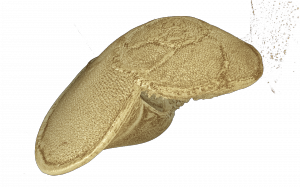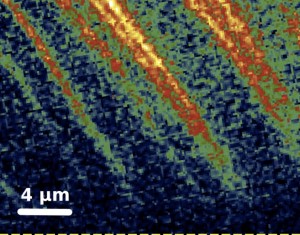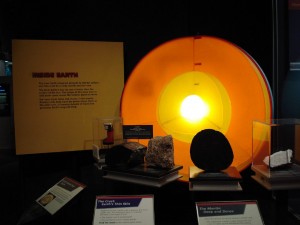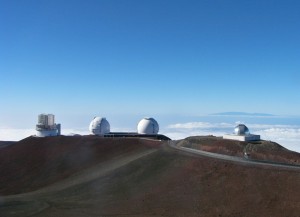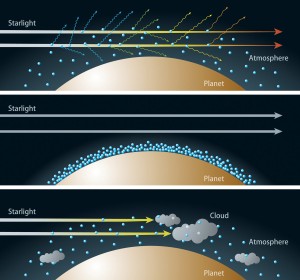 |
| Croudsourced data from dash-cams, videos and photos reveal the secrets of the Chelyabinsk asteroid. Credit: Alexeya |
The asteroid impact that burst over Chelyabinsk, Russia, on the morning of February 15 has provided a huge collection of new data that scientists have been analysing since. This week, three papers, two in Nature and one in Science, describe new aspects of the meteorite’s airburst, building the most-detailed forensic picture of the events of that morning.
First reports of the Chelyabinsk airburst came from a plethora of dash-cams that caught the event. For the first time, a meteorite impact was recorded widely on camera, a consequence of technological advance and (presumably) increasingly litigious or bad Russian drivers. Alongside the dash-cam recordings, the fireball and the transient shadow that it cast was recorded across the region by fixed CCTV cameras. And looking back at Earth from space, the trajectory of the fireball was observed in satellite imagery.
The new papers exploit an even wider array of data. Much of the information is, effectively, a superb example of crowdsourced science: damage reports, surveys of damage, injury reports, camera recordings and other data have provided an unprecedented set of measurements of the event, as reported in Science by Olga Popova and colleagues.
Alongside the data from Earth is information from astronomy, planetary science, geophysics, meteoritics and cosmology. The meteorite that fell to Earth has now been classified as an LL chondrite. It formed early in the history of the Solar System, as asteroids and eventually planets condensed from the nebula.
Fragments of the meteorite recovered from near Chelyabinsk, including an enormous rock dredged from the bottom of Lake Chebarkul, have revealed its early history. This, despite that fact that less than one thousandth of the asteroid has been retrieved, and more than three quarters is estimated to have evaporated.
 |
| Fragments of the meteorite recovered from the impact site. Credit: Popova et al. |
The eyewitness reports of the airburst, as well as the damage it caused, give an idea of the sorts of effects caused by such “near miss” events. Entering the atmosphere almost 100km above the surface, at speeds of around 20km/second, the 20-metre wide asteroid set up a shockwave at 90 km altitude. By 83 km it had started to fall apart. By the time it got to around 35 km above Russia it was shining as a bright shooting star, emitting light that burnt the retinas of any watching it, causing sunburn for many, and sending out a shockwave sideways from its path that blew others off their feet.
The shockwave broke phone networks, upset the electric grid, and interrupted the gas supply in some districts of Emanzhelinka as the valves closed in response to the vibration. No bones were broken, but some residents were hurt by flying debris and glass, while others suffered concussion.
These results demonstrate the forensic value of the asteroid that fell to Earth in February this year, both for assessing how such bodies come into existence, and interact with our planetary home, but also how we might assess the risk of such events into the future.

